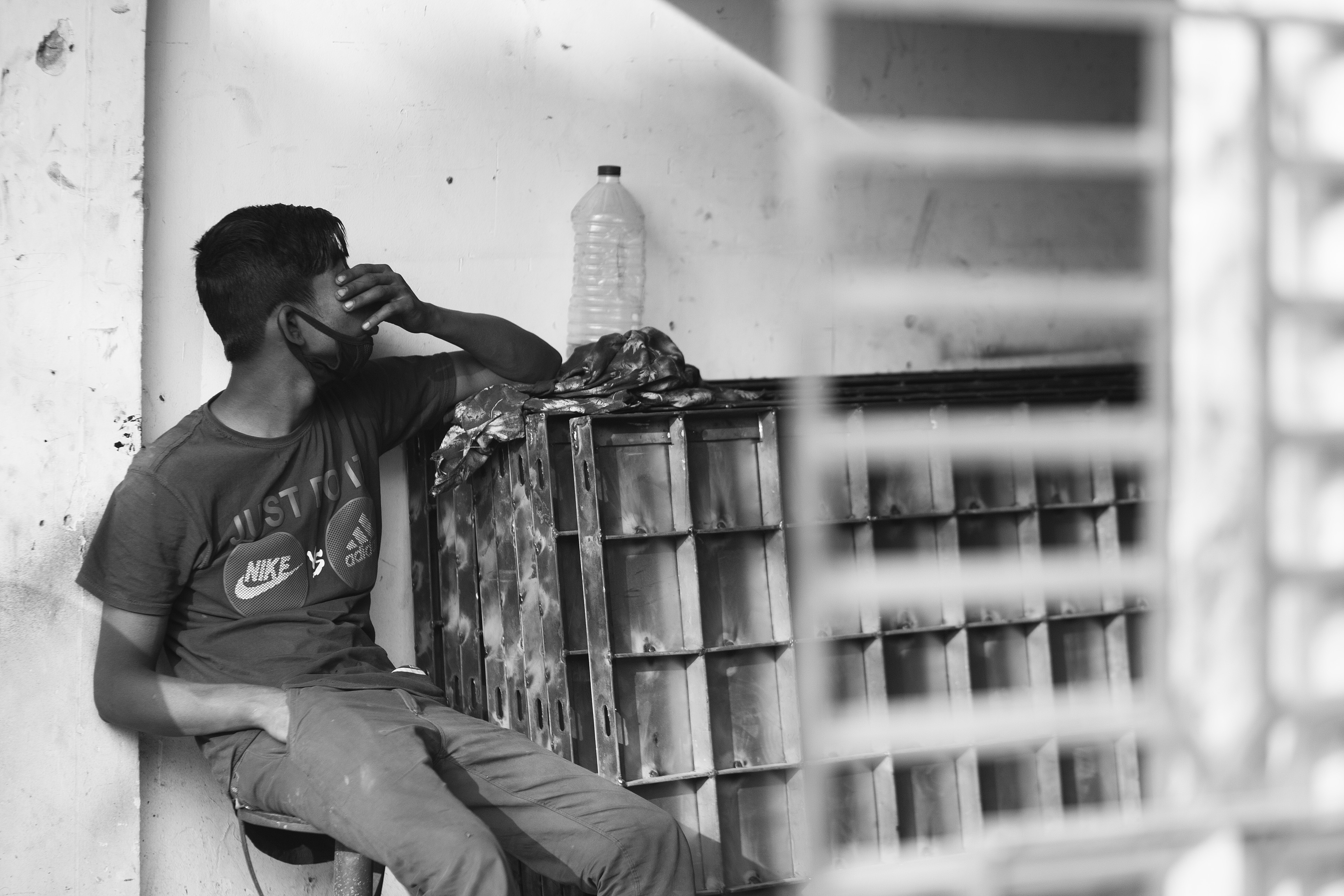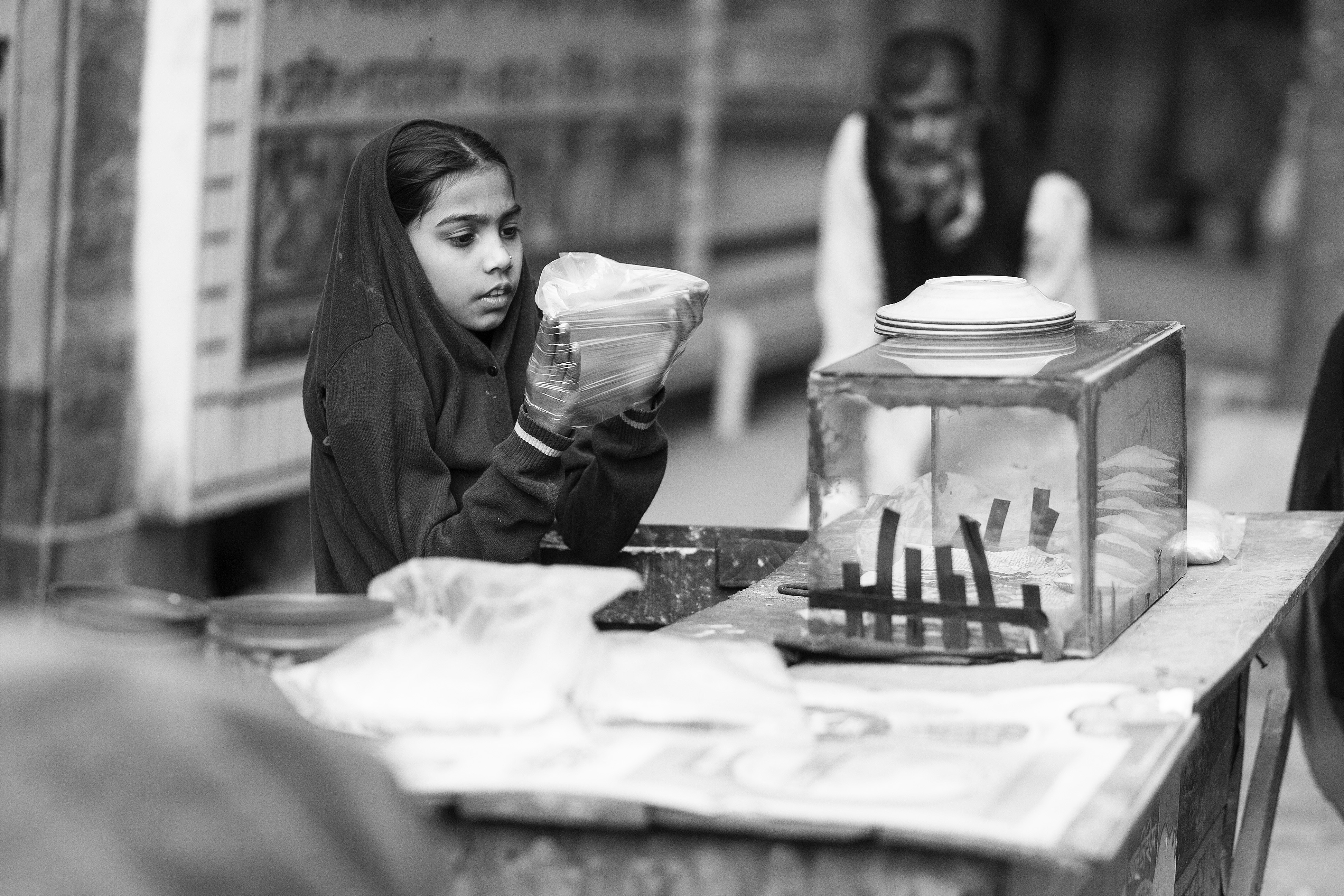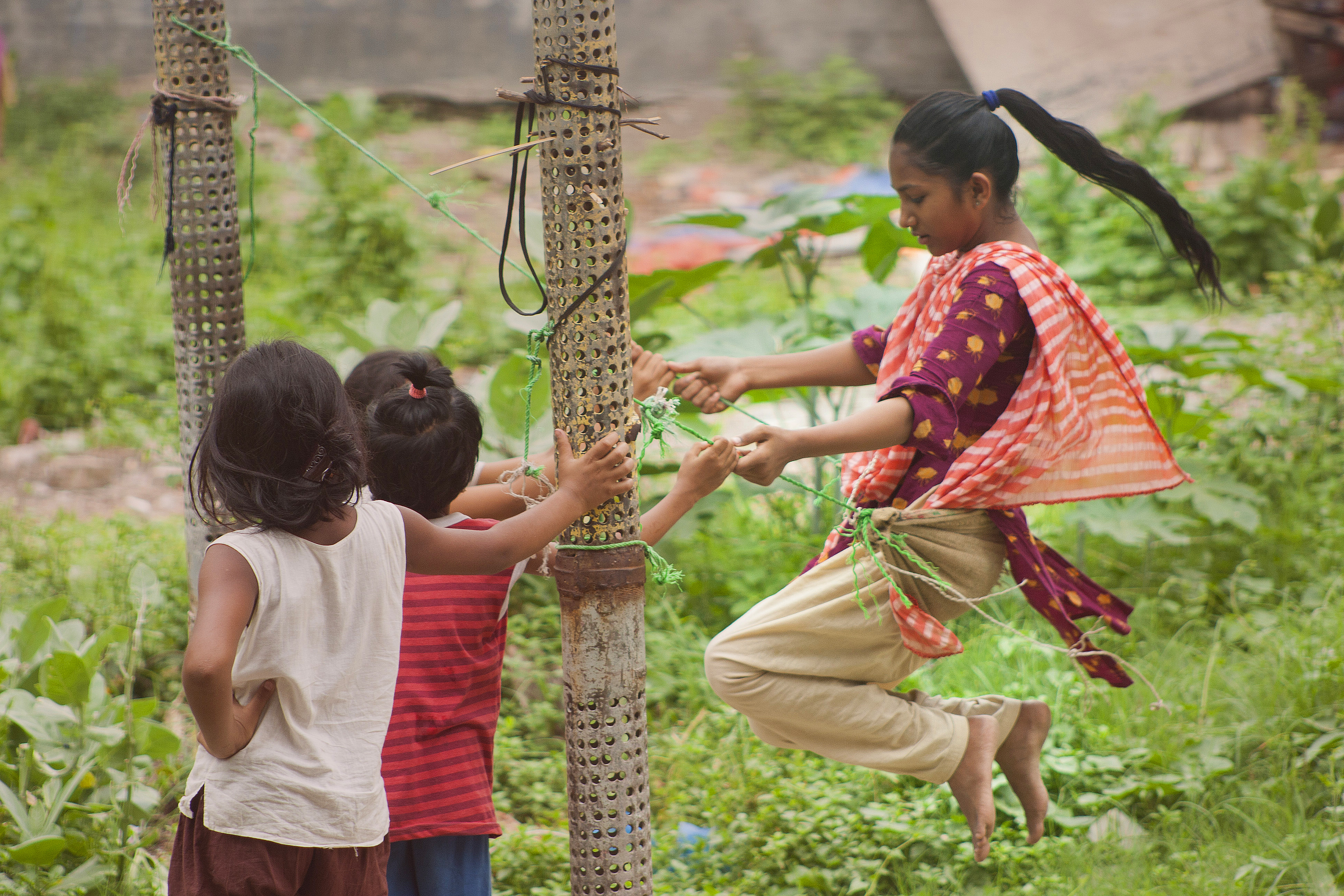Child labour remains a serious issue in the most densely populated city in the world –
Dhaka. The growing number of children living in the streets and slum settlements of the city makes the issue a daunting one in Bangladesh. The ongoing pandemic has exposed children to unexpected risks and provides us with an opportunity to reflect on the current mechanisms of combating the drivers of child labour.
Although there are hardly any official statistics, Bangladesh Institute of Development Studies reported the number of street children in
2015 was 1.5 million and may reach 1.56 million in 2024. Many of these children sell their labour in various forms, and often
involve in organized crimes. According to
a survey carried out among 2700 children in 2016 by Overseas Development Institute (ODI), 32 percent of them aged between 10 and 14 living in Dhaka's slum settlements were out of school and engaged in full-time work in garment factories.
Bangladesh’s National Child Labour Survey (2013) finds that some 1.2 million children are still trapped in its worst forms.
A few stories of children working tells a lot
In January 2020, I met Kibria, a 14-year old boy who works at a welding workshop in Mirpur, one of the poorest areas of the city. He works morning to evening, for almost 10 hours a day, and was not willing to disclose his pay structure. Due to his long hard-work with fireworks and without any safety equipment – not even a pair of glasses – his body is exhausted, and his eyes are now sensitive to daylight. As we see in the image, during an afternoon break I saw him taking rest with his eyes closed. He left school several years back and does not want to go back. He enjoys working with his young colleagues at the workshop. (
Image below 14 year old boy works at a workshop in Dhaka).

A few days later, I came to know Fatima who is almost 11 years old. She lives with her family in one of the biggest slum settlements in Mirpur. Her father runs a roadside mobile shop to sell homemade food items. She was selling winter cakes an evening I met her. The cool weather of Dhaka in January made those cakes cold, and I hardly saw anyone buying those cakes. Fatima’s father had asked her to go home only after she sold those cakes. Fatima was standing and freezing by the mobile van. Since she had nothing to protect her ears from the cooling breeze, she had to pull up her sweater neck to cover her ears. She told me that she attends a government primary school nearby.
(Image below: An 11-year old girl selling cakes in a roadside shop in Dhaka).

Policies in place have a limited impact
Bangladesh ratified the United Nations Convention on the Rights of the Child in 1990 and the International Labour Organization’s (ILO) Convention on the Worst Forms of Child Labour (1999) in 2001. Following those commitments, Bangladesh enacted a set of legislations and policies to fight the widespread issue of child labour. With a vision to eliminate all forms of child labour by 2025, the Government of Bangladesh formulated the National Child Labour Elimination Policy in 2010 and prepared Plan of Actions to execute the policy. The Ministry of Labour and Employment has been running a dedicated government funded project in phases since 2001 with a view to eliminate the worst forms of child labour in major cities. However, no significant improvement has been reported in recent years, and child labour remains widespread in the country, especially in the capital.
All major donor agencies, that constitute the global movement to eradicate child labour, suggest that the government ought to protect these children by providing financial and schooling support. The Government has expanded the coverage of stipend and mid-day meals for children in school. Local NGOs with support from the government and international donor agencies are working to provide support as well. Yet, the fact persists that most of these children work in informal sectors and the existing legal framework and limited formal protection interventions have not delivered as expected. IDS is currently leading a research-based programme named ‘Child Labour Action Research Innovation in South and Southern Asia (CLARISSA)’ which has been working to generate innovative solutions to the worst form of child labour in Bangladesh.
Coronavirus outbreak and child labour
The country has been in lockdown followed the pandemic caused by the Covid-19 outbreak, and many factories, workshops, and businesses are still closed. The Government has been
providing food support to poor and people-in-need.
Civil society organizations and individuals have also extended their support. However, these aids and supports (cash or food) hardly reached the impoverished working children in the capital and left many
street children exposed to greater risks.
I took this photograph (see below) of three female children hanging out in an open space in Dhaka during lockdown. The eldest is 14 years old; she left school a few years back and before lockdown was working as a domestic in a few houses in Mirpur. Her employers have asked her not to come for work until they ask her again. She has lost her income and not sure if she can ever resume her work in the same capacity to support her family. None of the children were wearing any face coverings. (
Image below: Children hanging out in an empty space in Dhaka during lockdown).

A
recent IDS blog highlighted a pressing issue, showing how a collapsed supply chain of garment products has pushed thousands of families and working children to suffer from hunger and extreme poverty. This may lead to an unexpected increase of employment in the worst forms of child labour in the city.
This crisis calls for an immediate and planned response. A staggering number of working children have lost income and need urgent humanitarian support for themselves and for their families. Millions of children will look out for jobs after the lockdown eases which may cause a huge spike in the number of child labourers. Many children from poor families may choose to leave school and start working due to new economic turmoil brought by the pandemic. This would also put them at risk of contracting the deadly virus.
Review the protection policies for working children
The government, donor agencies, and businesses ought to extend their support towards these children and their families in all capacities. They must come up with additional budgets and fresh care and protection strategies. Otherwise, the fight against child labour which has a “moderate achievement” will have to restart.
Above all, this crisis discovers that the dominant idea of keeping children away from work and ignoring the benefits of children’s work in low-income societies is not always good. Scholars and international community must recognize the positive impacts of child labour and, countries like Bangladesh need to extend their efforts to ensure the protection of working children.
All names used are pseudonyms and photos are by the author.
The author, Moni, is a PhD Researcher at IDS and his doctoral research project concerns child labour and social protection.
He also likes telling stories with photographs.
